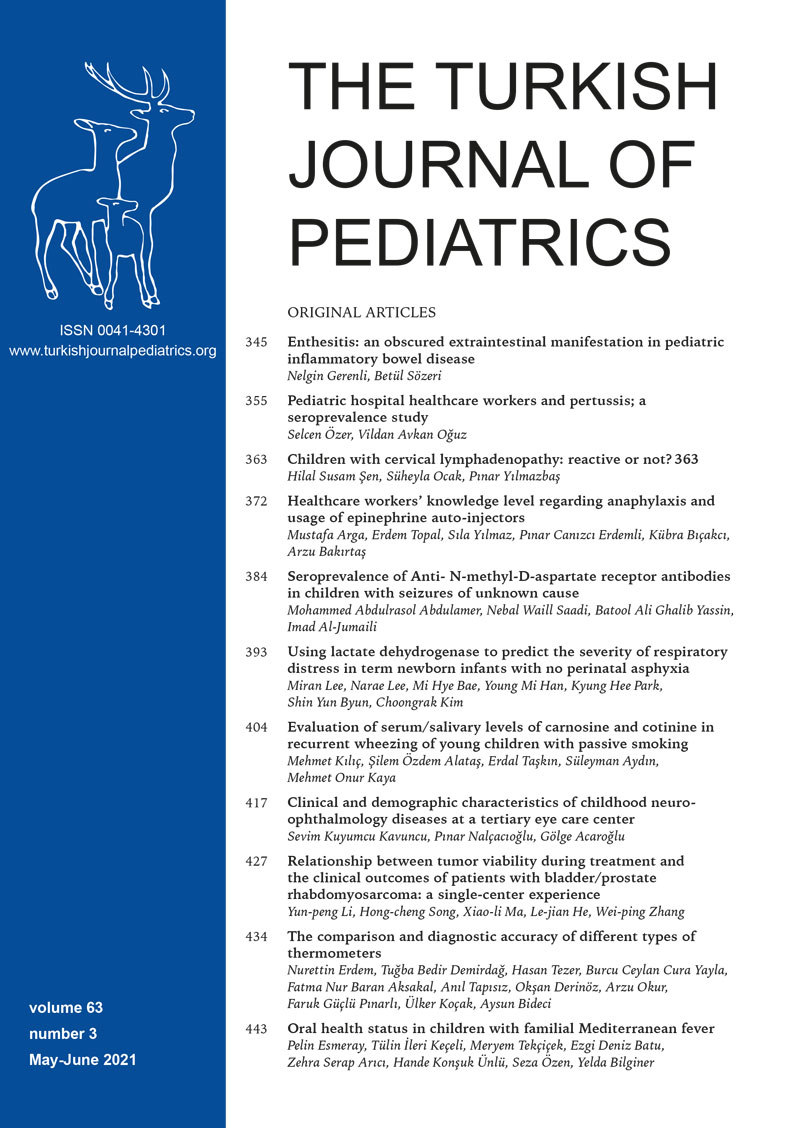Abstract
Background. We aimed to establish whether knowledge of lactate dehydrogenase (LDH) levels on day 1, as well as the change in these levels in the first three days, could be of clinical benefit in the diagnosis and/or prediction of severity of respiratory distress syndrome (RDS) and transient tachypnea of the newborn (TTN).
Methods. A retrospective study was conducted on 275 term infants (35 with RDS and 240 with TTN) admitted to the neonatal intensive care unit from January 2014 to June 2019. LDH levels were measured on admission and after three days.
Results. Both RDS and TTN groups had elevated LDH levels during admission. LDH levels were significantly higher in the RDS group than in the TTN group on both days. LDH levels in both groups significantly correlated with both the duration of respiratory support required, as well as the number of hospital days. We used these outcomes as a measure of severity of these conditions.
Conclusions. In patients with respiratory distress, it may not be clinically useful to use LDH levels on day 1 to differentiate between RDS and TTN, despite the statistically significant differences, because of the overlapping values. However, LDH levels on day 1 and day 3 may predict the degree and duration of the required respiratory support for both RDS and TTN groups.
Keywords: hyaline membrane disease, lactate dehydrogenase, neonate, transient tachypnea of the newborn
Copyright and license
Copyright © 2021 The Author(s). This is an open access article distributed under the Creative Commons Attribution License (CC BY), which permits unrestricted use, distribution, and reproduction in any medium or format, provided the original work is properly cited.














